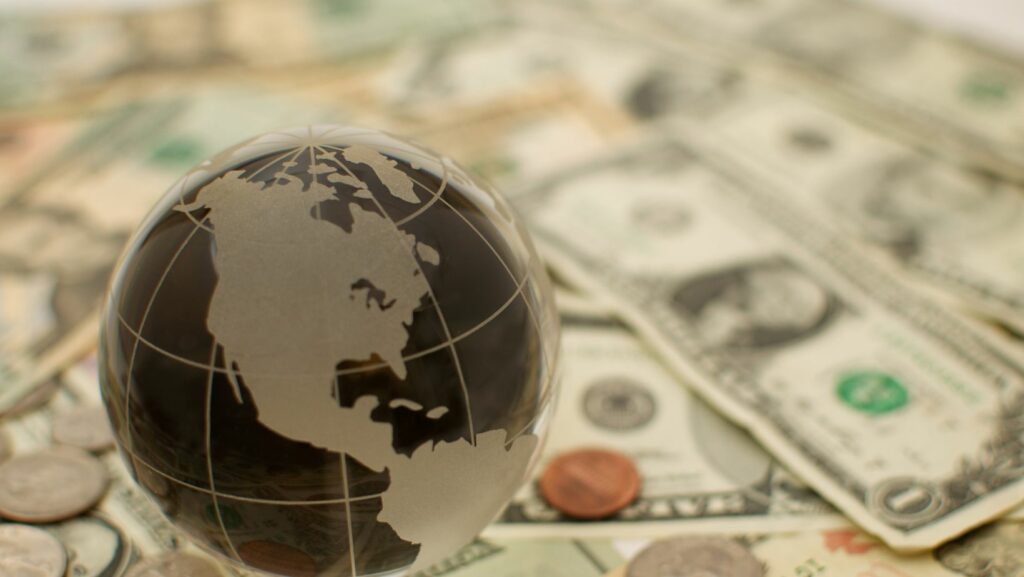Delving into the intricacies of the money economy AP World History unveils a tapestry of interconnected global developments that shaped civilizations. Money, as a medium of exchange, revolutionized trade networks, fostering cultural diffusion and economic growth. From the barter system’s evolution to the introduction of standardized currency, the monetary landscape reflects the evolution of human societies.

Exploring the monetary systems of ancient civilizations offers insights into power dynamics, social hierarchies, and technological advancements. The impact of currency on political structures and societal norms underscores the pivotal role of economics in historical narratives. Understanding the nuances of money economy AP World History provides a lens through which to analyze the interconnectedness of past societies and the foundations of modern financial systems.
Money Economy AP World History
Ancient Coinage and Trade
In ancient civilizations, such as the Mesopotamian and Egyptian societies, the use of standardized metal coins revolutionized trade. Metal coins, initially made from silver, gold, or other precious metals, replaced earlier forms of currency like barter goods. These standardized coins facilitated trade by providing a universal medium of exchange, enhancing economic transactions both locally and across regions. The introduction of coinage not only streamlined trade but also contributed to the growth of complex economies by enabling easier valuation of goods and services.
Barter Systems to Metal Coins

The transition from barter systems to metal coins marked a significant shift in the evolution of money economy AP World History. Barter, a system where goods or services were exchanged directly for other items without a universal medium of exchange, posed challenges such as indivisibility and lack of standard value measurement. The introduction of metal coins addressed these issues by providing a standardized unit of value that could be easily traded for goods and services.
Influences of Money Economy on Societies
Economic Development and Expansion
Transitioning to a money economy AP World History played a pivotal role in driving economic development and fostering expansion within societies. The shift from barter to standardized metal coins enabled more efficient transactions, leading to increased trade volume and the establishment of robust economic networks. With the introduction of a universal medium of exchange, economies were able to diversify and flourish as individuals and communities engaged in specialized production, creating a cycle of wealth generation and economic prosperity.
Social and Cultural Impacts
The advent of a money economy AP World History brought about significant social and cultural transformations in various societies. As metal coins became widely accepted, social interactions evolved, fostering greater interconnectedness among diverse communities. The ability to conduct transactions through currency transcended linguistic and cultural barriers, enhancing communication and trade relations across different regions. Moreover, the introduction of standardized currency systems promoted stability and reliability in economic exchanges, encouraging trust and cooperation among individuals and groups.
Major Monetary Systems and Their Histories

In exploring the evolution of the money economy AP World History, it’s crucial to delve into the major monetary systems and their profound impact on economic development, trade, and cultural interactions. From the establishment of standardized metal coins to the development of sophisticated currency systems, monetary innovations have played a pivotal role in shaping civilizations and global commerce.
The Silk Road and Its Economic Effects
Navigating the historical landscape of the Silk Road unveils a profound tapestry of economic exchanges that transcended borders and connected diverse civilizations. This ancient network of trade routes spanning Asia, Africa, and Europe facilitated the flow of goods, ideas, and cultures, fueling economic growth and innovation. The Silk Road not only promoted commercial activities but also fostered cross-cultural interactions, leading to the exchange of technologies, religions, and art.
The Gold Standard and International Trade
The adoption of the Gold Standard revolutionized international trade by providing a stable foundation for monetary systems worldwide. Under this system, currencies were pegged to a specific amount of gold, ensuring transparency, stability, and confidence in financial transactions. The Gold Standard promoted trust in the value of currencies, facilitating cross-border trade and investment.


